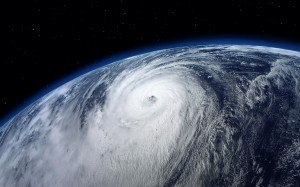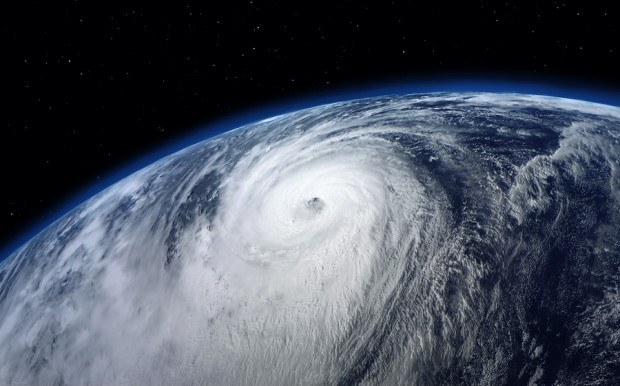T yphoon Meranti wreaked havoc in China and Taiwan after striking late Wednesday, causing damage, widespread flooding and massive power outages, according to RMS. It appears, however, that things could have been much more serious.
yphoon Meranti wreaked havoc in China and Taiwan after striking late Wednesday, causing damage, widespread flooding and massive power outages, according to RMS. It appears, however, that things could have been much more serious.
The catastrophe modeling firm issued its early assessment of the storm, the damage caused thus far and construction resiliency, noting that the losses are piling up quickly even as Meranti has moved inland and weakened. In the end, China may be worse off than Taiwan, based on early assessments.
That said, Meranti is the strongest typhoon to hit Taiwan since Typhoon Bilis in 2000, RMS said.
“Meranti, the strongest typhoon this year, has struck Taiwan and China with a triple-whammy of typhoon-related perils: a combination of wind, flood and storm surge,” RMS Chief Research Officer Robert Muir-Wood said in prepared remarks. “We expect damage in China to be higher than Taiwan, due to the mainland’s higher concentrations of coastal exposures and population.”
Taiwan on the other hand has good coastal defense and is “generally-well equipped and prepared to deal with these storms,” RMS said.
Storm details:
- Typhoon landed on Fugian Provence, China with equivalent strength to a Category 3 hurricane. Before that, it hit parts of Taiwan with hurrane force winds.
- In Taiwan, there were 650,000 power outages, evacuations, transportation and business disruptions, and toppled pylons, trees and vehicles.
- While damage reports are at the early stage in China, the City of Xiamen had flooded streets and 1.65 million people lost power in Fujian Provence. Autborities evacuated tens of thousands of people, RMS aid. Xiamen’s economy includes industrial and financial services aspects.
- Meranti caused heavy rainfall in Taiwan, but well below historical expectations during a typhoon.
- Taiwan’s insured buildings include mid to high rise multi-family apartments and commercial/industrial buildings. RMS said that these structures are engineered and designed to deal with both earthquake shaking and typhoon gusts.
- RMS’s expectations are that wind damage will be limited to non-structural damage among multi-family and commercial properties. Single-family dwellings will be worse off, however, and industrial properties should be relatively resilient.=
AIR Worldwide agreed that China’s high rise apartment buildings were resilient, a “diverse commercial/industrial building stock, which is generally more resistant to wind and water damage than residential buildings. These kind of buildings house most urban dwellers these days, though rural China still has plenty of unreinforced masonry made from adobe or brick, or brick with a light wood frame, the catastrophe modeling firm said.
Source: RMS, AIR Worldwide





















 First Atlantic Hurricane Forecast for 2026 Suggests Season Close to 30-Year Norm
First Atlantic Hurricane Forecast for 2026 Suggests Season Close to 30-Year Norm  Underwriter, Actuary Fears of AI Drop; Work Needed on Collaboration
Underwriter, Actuary Fears of AI Drop; Work Needed on Collaboration  California Workers Comp Combined Ratio for 2024 Highest in 20-Plus Years
California Workers Comp Combined Ratio for 2024 Highest in 20-Plus Years 












